We are pleased to provide you with a blog post from one of our 2019 SLS Global Student Ambassadors. This week, we highlight the Language for Business and Technology (LBAT): Germany program, which takes students throughout Germany and explores regional perspectives in lifestyles, history, and traditions, as well as from an industrial point of view. Our Global Student Ambassador in this program, Emma Axelson, writes about her observations regarding approaches to building climate control and a unique approach to preschool.
Windows in Germany
In my time in Germany, I have discovered that the German culture has a very different approach to climate control and to opening windows. In my experiences in the Southern US, we are often averse to opening windows except when the conditions are just right. However, in Germany, opening windows to let in fresh air is a daily activity at minimum. Many buildings in Germany lack air conditioning, and of course you must open the windows so that rooms don’t get too stuffy and hot. Even on hot days you open the windows to let in fresh air and a breeze. However, in my conversations with our class assistants, I also learned that Germans open the windows wide on cold days to freshen the air. Each morning, evening, or whenever they feel the room is stuffy, they will open with windows wide for 5-15 minutes to air out the room, then close the windows and allow the heat to warm the room back up.
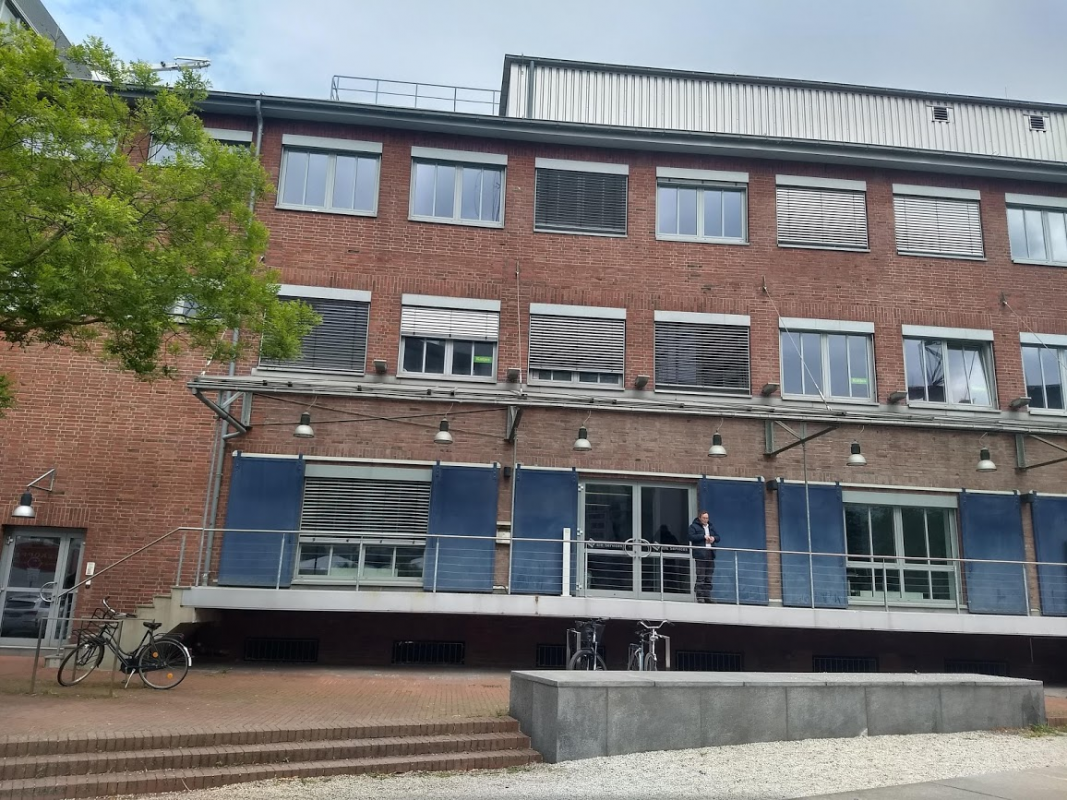
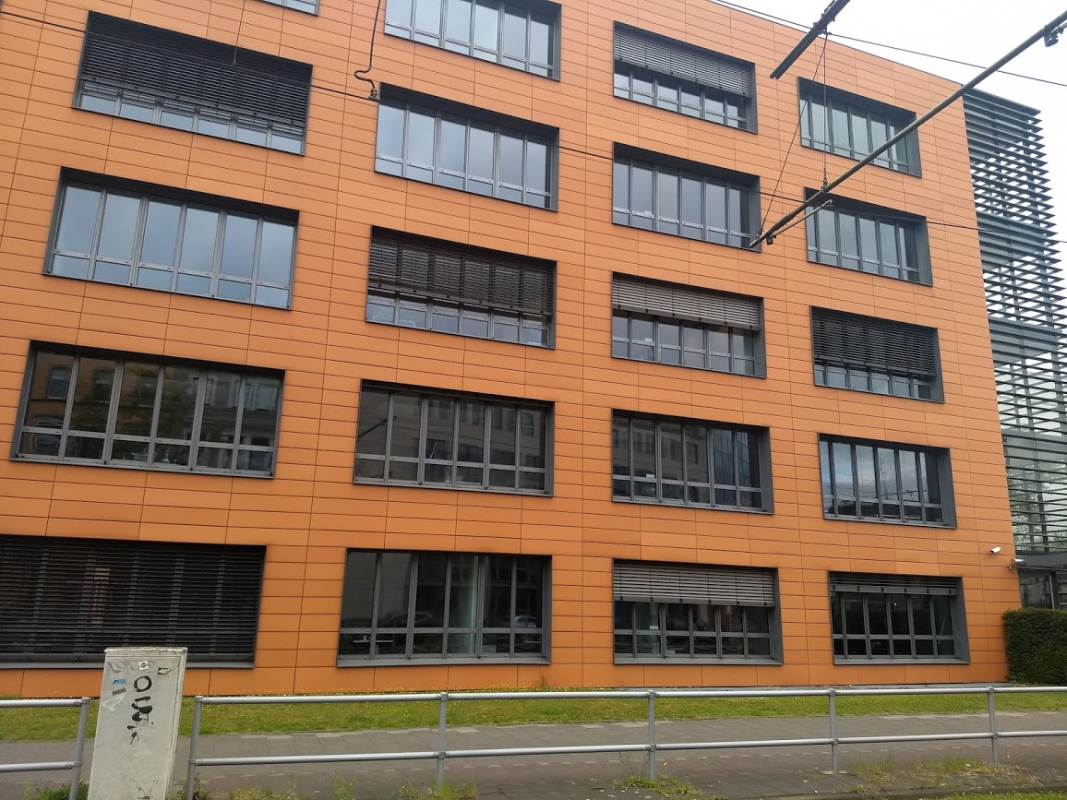
The windows here are typically a style not seen in the US that allows for a lot of flexibility in how you open them. Typically, they have a handle that you can turn two ways. The default closed is pointing down (photo). If you turn the handle sideways, you can open the window all the way. And if you turn the handle up, you can open the window “am kipp”. A kipped window allows fresh air to enter and hot air to escape out of the top without letting too much of a draft come through. The tilting also means that rain will not creep in if a summer rainstorm pops up. These windows are extremely useful and practical in my view.
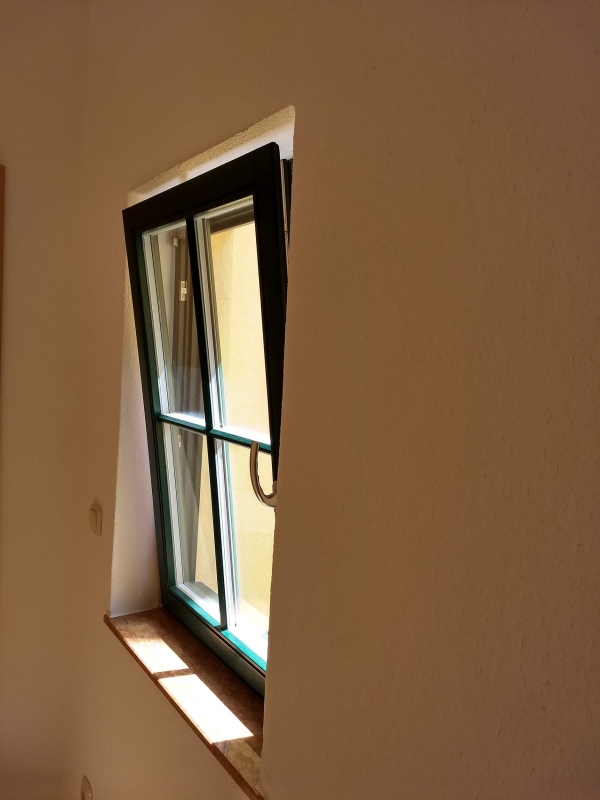
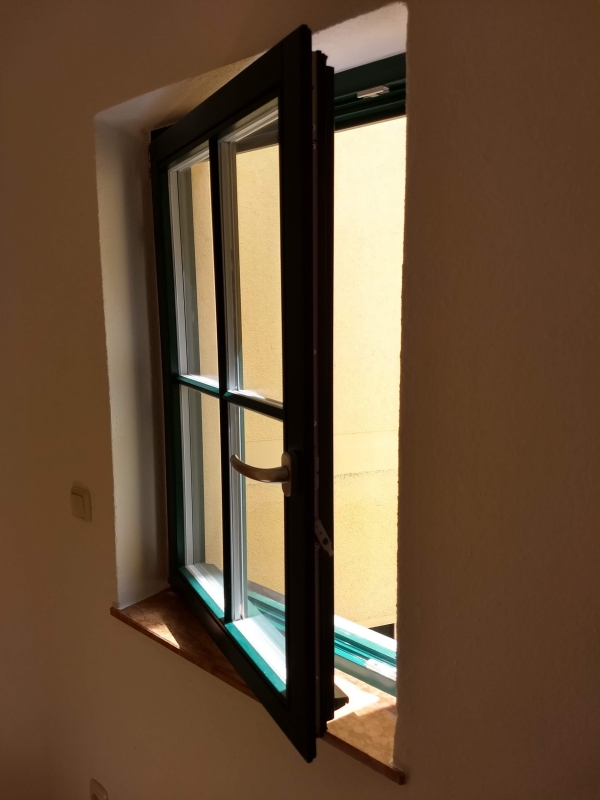
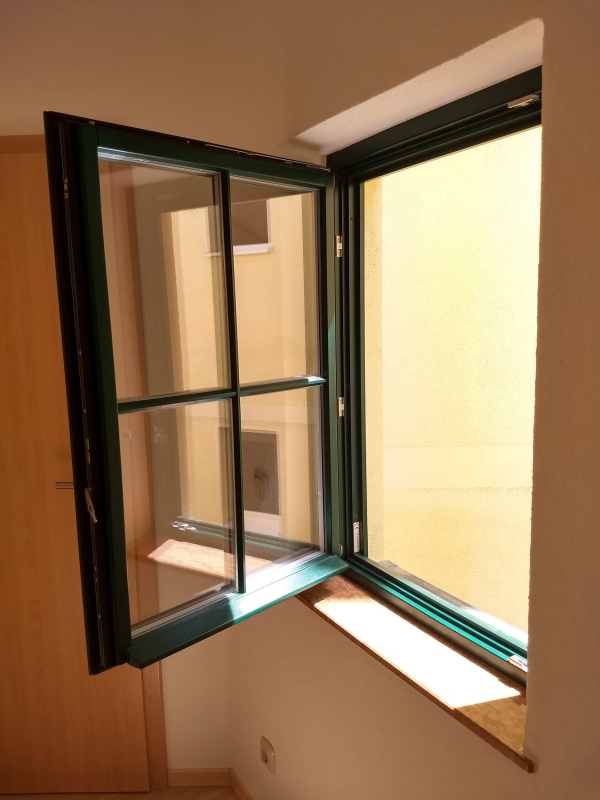
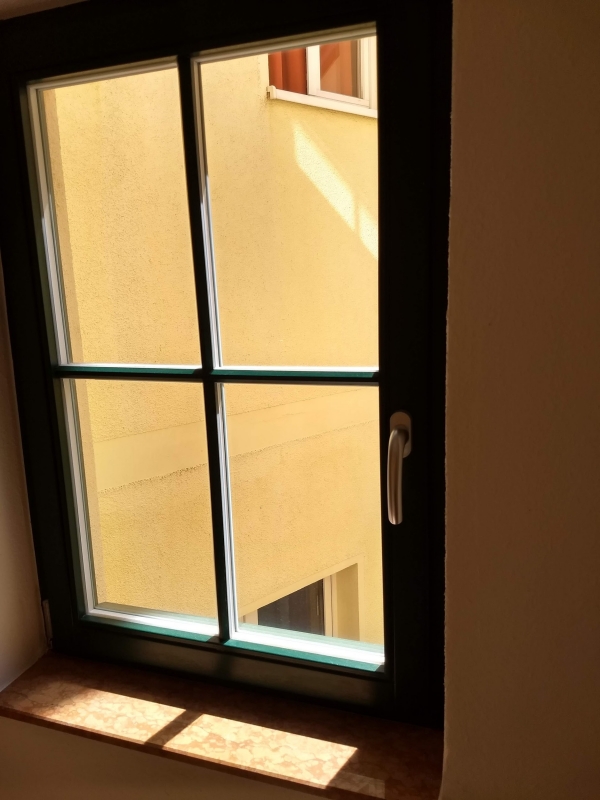
Forest Kindergarten: Growing Up Outdoors
In Weimar, we had the opportunity to visit a Waldkindergarten, or a forest preschool. In this school, which like a typical German Kindergarten takes children from age 3 until they start first grade at age 6, children spend most of the day outside playing in a natural setting. The school has a building, but the children spend most of their time outside, coming inside only to eat lunch and nap, and to play if the weather conditions turn especially nasty. We spent half a day at the Waldkindergarten, playing with the children and seeing how they learn in the forest.
- When the children arrived, they went to a shared gazebo outside and some ate breakfast. The area was quite active when we arrived, with kids running around and generally having a good time laying in the trees, garden, and grass near the meeting gazebo.
- Contrary to my expectations and experiences, many of the parents dropping their children off were fathers, not mothers.
- When class started, the kids were split into their classes and each class headed off to a different location on the large property, which was located a bit out of the city. Each class had a wagon full of mats to sit on, a first aid kit, and myriad child-sized tools. The kids pulled the wagon themselves in pairs, and when someone got tired, others were eager to jump in and take their place. The atmosphere of cooperation felt strong and enthusiastic.
- There were no toys, but instead a collection of ropes and small hand tools. The children were building and playing using these small hand tools and things they found in the forest.
- As I played with them, I asked some of the children how you call different things in the forest. They were much more knowledgeable than i expected, informing me about all the different plants and insects I found and correcting each other when one misnamed a certain type of pinecone.
Overall, I think kindergarten in Germany, especially the forest kindergarten, is in my opinion very good for children. Upon entering first grade at age 7, they are expected to be able to read or write, and there is considerable excitement around going to “real school” and learning to read and write. The forest kindergarten exposes kids to the outside and they were fully immersed in nature for much of the day, and were completely unfazed by the damp weather. I can understand why parents would decide to send their children to a slightly more expensive kindergarten that’s a good bit further away from the city rather than the neighborhood kindergarten.
Tag: XCPERSP